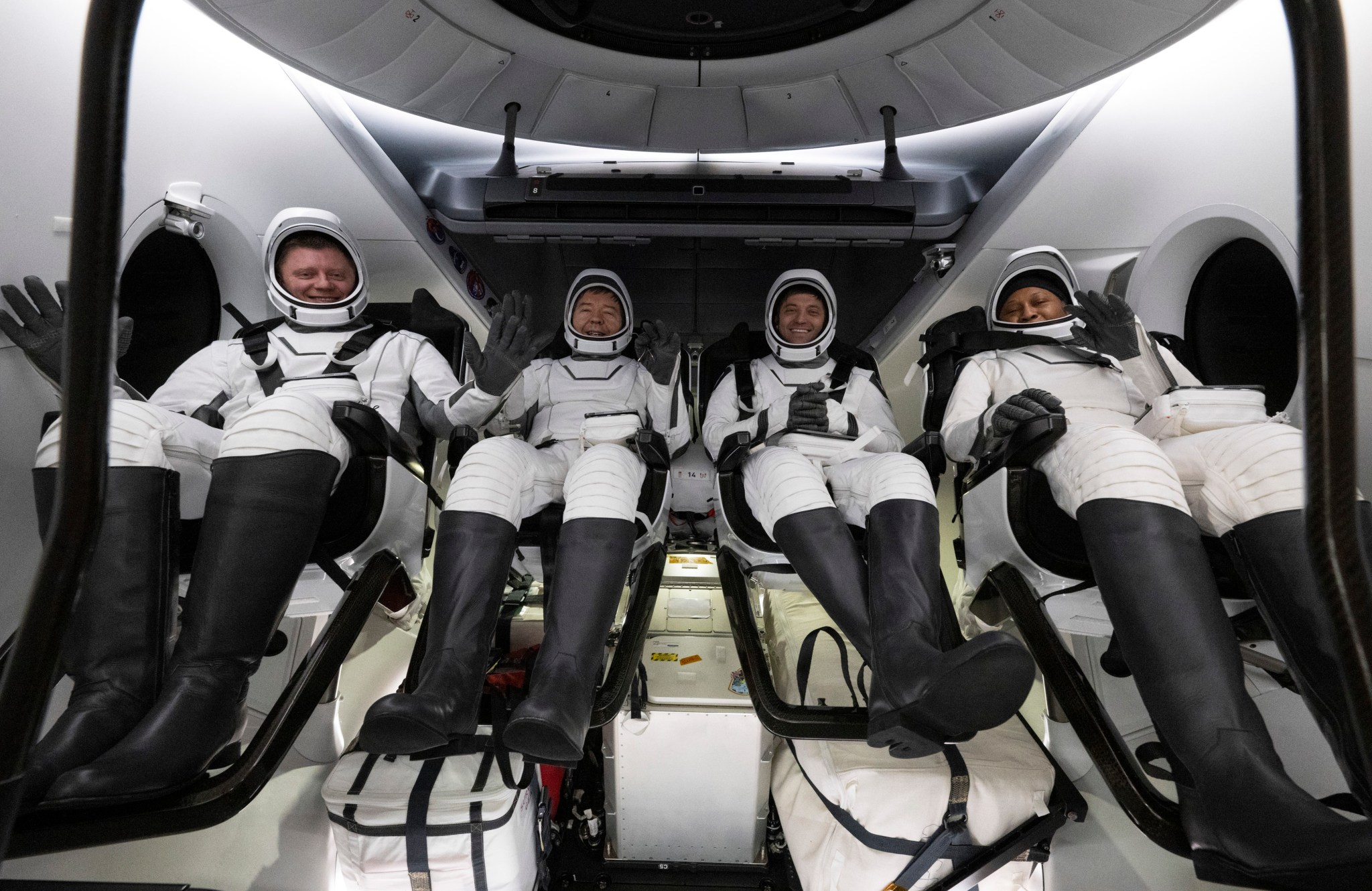
NASA's SpaceX Crew-8 mission successfully splashed down at 3:29 a.m. EDT Friday, off Pensacola, Florida, concluding a nearly eight-month science mission and the agency's eighth commercial crew rotation mission to the International Space Station.
After launching March 3 on a SpaceX Falcon 9 rocket from NASA's Kennedy Space Center in Florida, NASA astronauts Matthew Dominick, Michael Barratt, and Jeanette Epps, as well as Roscosmos cosmonaut Alexander Grebenkin, spent 232 days aboard the space station.
Recovery teams from NASA and SpaceX quickly secured the spacecraft and assisted the astronauts during exit. The crew now will head to NASA's Johnson Space Center in Houston, while the Dragon spacecraft will return to SpaceX facilities at Cape Canaveral Space Force Station in Florida for inspection and refurbishment for future missions.
During their mission, crew members traveled nearly 100 million miles and completed 3,760 orbits around Earth. They conducted new scientific research to advance human exploration beyond low Earth orbit and benefit human life on Earth. Research and technology demonstrations included conducting stem cell research to develop organoid models for studying degenerative diseases, exploring how fuel temperature affects material flammability, and studying how spaceflight affects immune function in astronauts. Their work aims to improve astronaut health during long-duration spaceflights, contributing to critical advancements in space medicine and benefitting humanity.
Crew-8's return follows the arrival of NASA's SpaceX Crew-9 to the orbiting laboratory Sept. 29. These missions are part of NASA's Commercial Crew Program, which provides reliable access to space, maximizing the use of the station for research and development and supporting future missions beyond low Earth orbit by partnering with private companies to transport astronauts to and from the space station.






